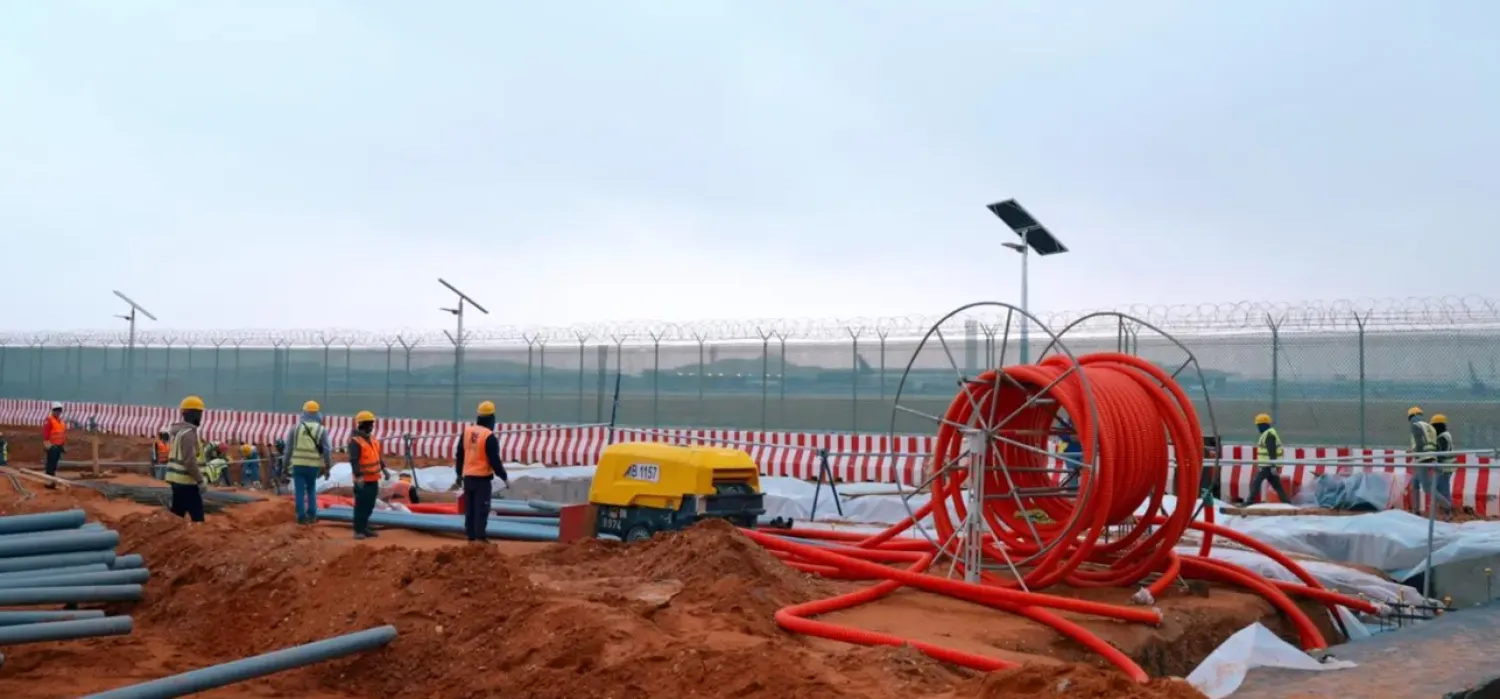King Abdulaziz International Airport (KAIA) was crowned one of the most advanced airports in air connectivity in the Middle East by the Airports Council International (ACI).
During ACI's annual General Assembly Conference and Exhibition in Riyadh, KAIA placed third as the best airport in the field of air connectivity in the Middle East for 2023, SPA reported.
These results are an extension of the ongoing efforts of the Jeddah Airports Company, which manages and operates KAIA in using the latest technology, developing the infrastructure of the Kingdom's founder’s airport, upgrading the quality of services, and expanding the network of local and international air destinations to more than 125.
As part of its endeavor to achieve the national strategic objectives of civil aviation emanating from the Saudi Vision 2030, the Jeddah Airports Company continues to strengthen the position of KAIA as a global hub airport, and to provide a unique travel experience for all travelers, including tourists and visitors to the Grand Mosque of Makkah from around the world, with the airport achieving a record growth in operations of over 36%.
The airport also aims to increase the number of destinations to 135 by the end of 2024, achieving a growth of 6% compared to 2023.
Jeddah Airports Company CEO Eng. Mazen Johar unveiled the company's intention to upgrade the level of services to realize the goals of the National Transport and Logistics Strategy, which aims to increase operational efficiency and raise the capacity of KAIA to reach 114 million passengers by 2030.









